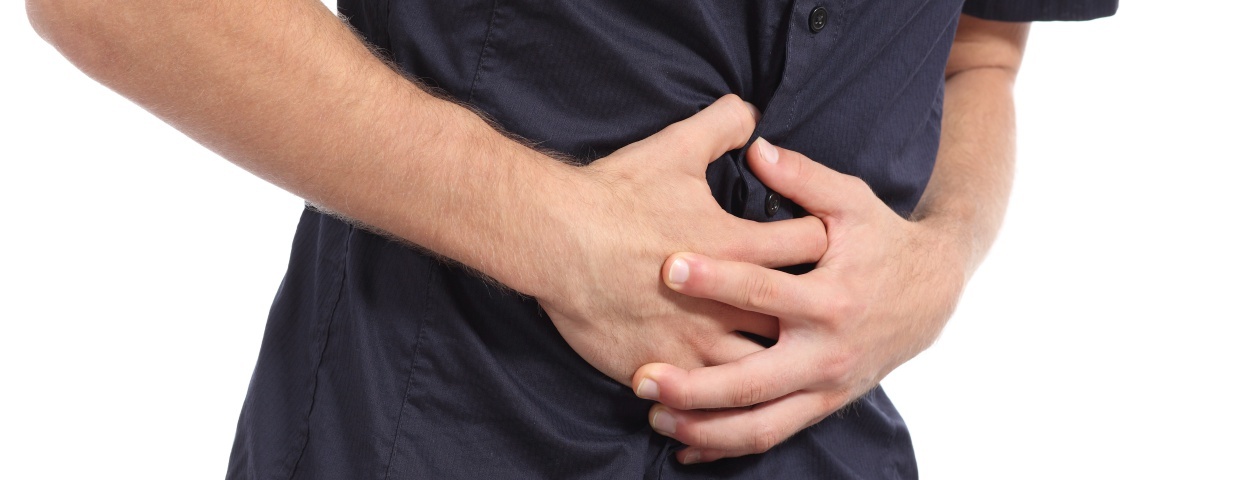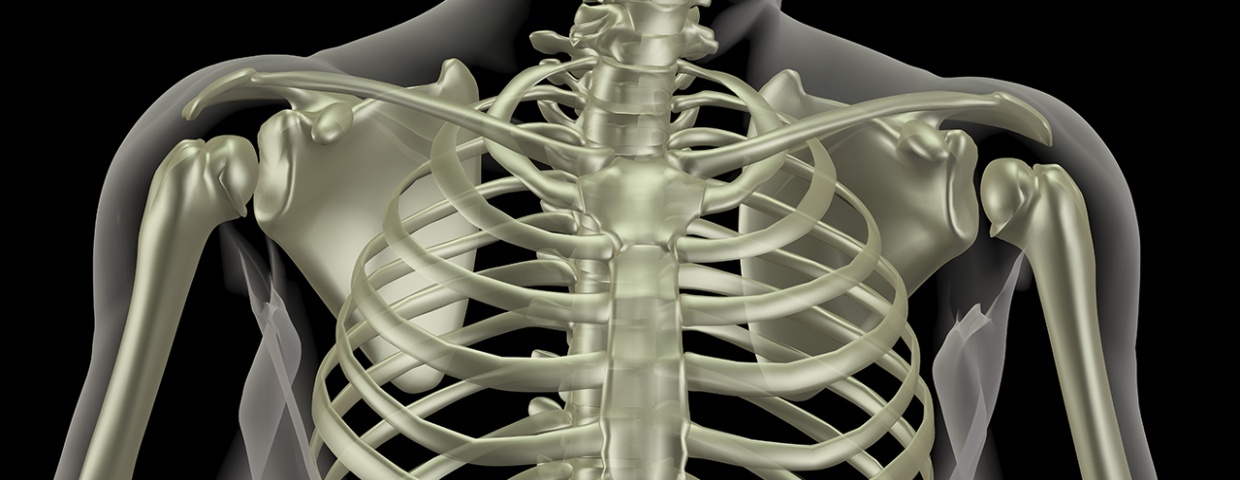A Definitive Checklist for Before and After Heart Surgery
Undergoing heart surgery creates a host of emotions. The best way to minimize nervousness is to prepare. Recovery is six to eight weeks long, and steps you take before and after will result in a successful recovery.
Preparing for Heart Surgery
-
Coordinate Support: Compile a list of individuals who are willing to help you, including two primary people who will take care of the bulk of your needs. Have them monitor the number of visitors who come to see you.
-
Prepare Your Body: Retaining a regular exercise schedule and booking massage therapy will aid in preparation for surgery as well as improve recovery time.
-
Set Up an Area of Comfort: Post-surgery you will be unable to lie in bed, so establish a recliner or other comfortable furniture before surgery.










